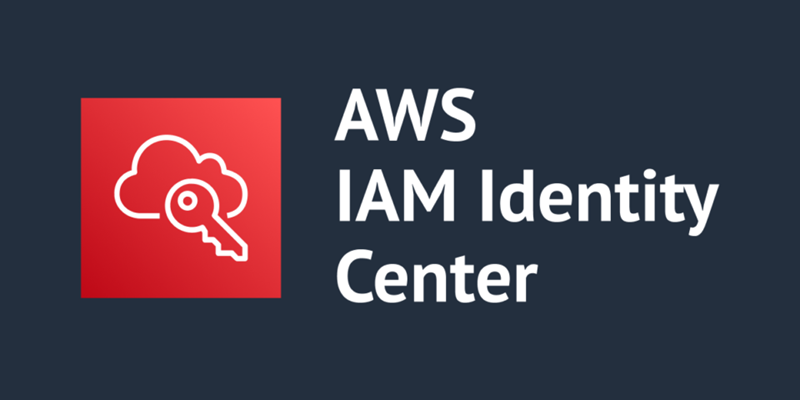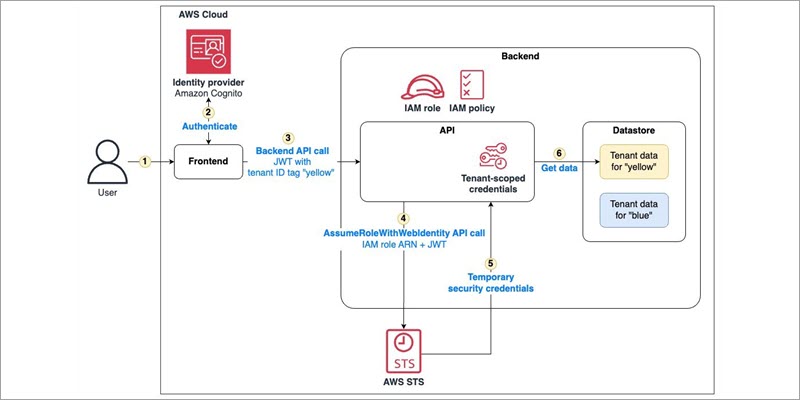AWS Security Blog
Category: Technical How-to
Patterns for consuming custom log sources in Amazon Security Lake
As security best practices have evolved over the years, so has the range of security telemetry options. Customers face the challenge of navigating through security-relevant telemetry and log data produced by multiple tools, technologies, and vendors while trying to monitor, detect, respond to, and mitigate new and existing security issues. In this post, we provide […]
Top four ways to improve your Security Hub security score
AWS Security Hub is a cloud security posture management (CSPM) service that performs security best practice checks across your Amazon Web Services (AWS) accounts and AWS Regions, aggregates alerts, and enables automated remediation. Security Hub is designed to simplify and streamline the management of security-related data from various AWS services and third-party tools. It provides […]
Context window overflow: Breaking the barrier
Have you ever pondered the intricate workings of generative artificial intelligence (AI) models, especially how they process and generate responses? At the heart of this fascinating process lies the context window, a critical element determining the amount of information an AI model can handle at a given time. But what happens when you exceed the […]
Centrally manage VPC network ACL rules to block unwanted traffic using AWS Firewall Manager
Amazon Virtual Private Cloud (Amazon VPC) provides two options for controlling network traffic: network access control lists (ACLs) and security groups. A network ACL defines inbound and outbound rules that allow or deny traffic based on protocol, IP address range, and port range. Security groups determine which inbound and outbound traffic is allowed on a […]
Access AWS services programmatically using trusted identity propagation
With the introduction of trusted identity propagation, applications can now propagate a user’s workforce identity from their identity provider (IdP) to applications running in Amazon Web Services (AWS) and to storage services backing those applications, such as Amazon Simple Storage Service (Amazon S3) or AWS Glue. Since access to applications and data can now be […]
SaaS tenant isolation with ABAC using AWS STS support for tags in JWT
As independent software vendors (ISVs) shift to a multi-tenant software-as-a-service (SaaS) model, they commonly adopt a shared infrastructure model to achieve cost and operational efficiency. The more ISVs move into a multi-tenant model, the more concern they may have about the potential for one tenant to access the resources of another tenant. SaaS systems include […]
How to create a pipeline for hardening Amazon EKS nodes and automate updates
July 16, 2024: We updated the code in this post and some of the CloudFormation parameters. Amazon Elastic Kubernetes Service (Amazon EKS) offers a powerful, Kubernetes-certified service to build, secure, operate, and maintain Kubernetes clusters on Amazon Web Services (AWS). It integrates seamlessly with key AWS services such as Amazon CloudWatch, Amazon EC2 Auto Scaling, […]
Implementing a compliance and reporting strategy for NIST SP 800-53 Rev. 5
Amazon Web Services (AWS) provides tools that simplify automation and monitoring for compliance with security standards, such as the NIST SP 800-53 Rev. 5 Operational Best Practices. Organizations can set preventative and proactive controls to help ensure that noncompliant resources aren’t deployed. Detective and responsive controls notify stakeholders of misconfigurations immediately and automate fixes, thus […]
How to securely transfer files with presigned URLs
Securely share sensitive data with time-limited, nonce-enhanced presigned URLs that prevent replay attacks, minimizing exposure risks through granular access controls and rigorous monitoring.
How to issue use-case bound certificates with AWS Private CA
In this post, we’ll show how you can use AWS Private Certificate Authority (AWS Private CA) to issue a wide range of X.509 certificates that are tailored for specific use cases. These use-case bound certificates have their intended purpose defined within the certificate components, such as the Key Usage and Extended Key usage extensions. We […]









